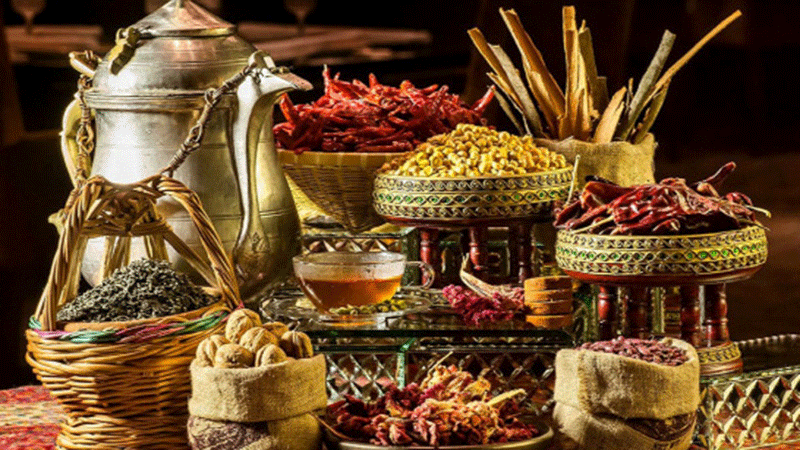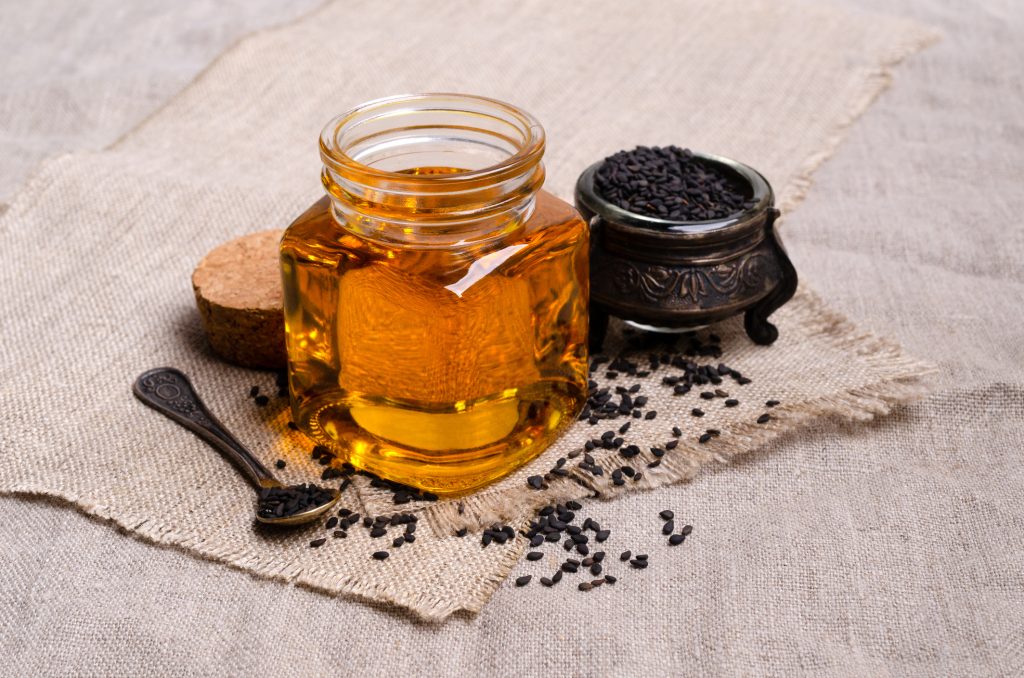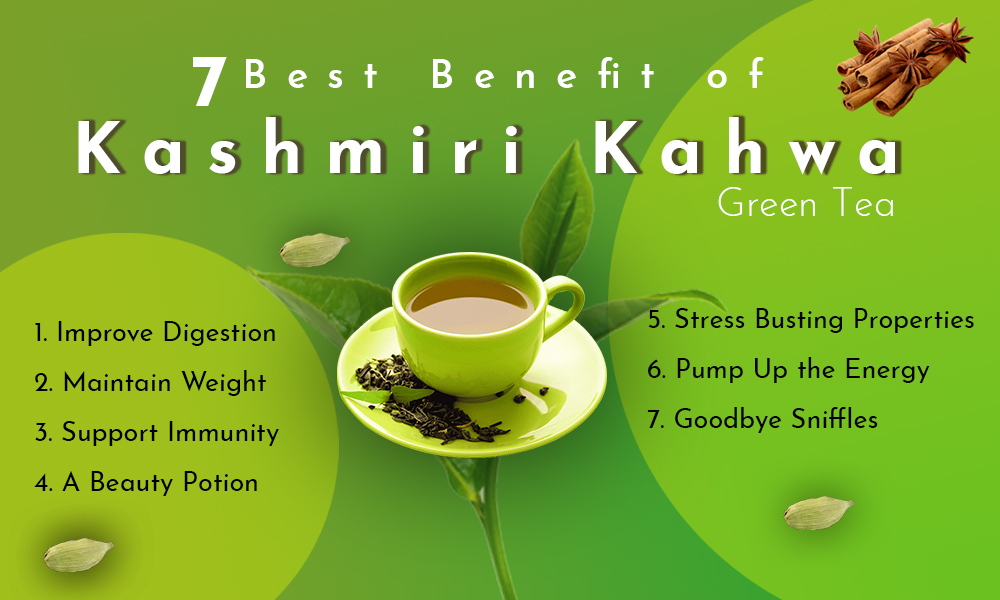Samavar Or Samovar – Star of every Kashmiri Kitchen
Samavar Or Samovar – Star of every Kashmiri Kitchen
While checking into a teashop in Srinagar the first thing that catches the eye is a row of glistening white and golden Samovars full of boiling noon chai and kehwa. Their exotic smell, quickened by a breeze, brightens the mood so much that it makes one addicted to visiting the place again and again. The ingredients with which the Kashmiri noon chai or kehwa is made in a Samovar give it a taste that is divine indeed.
Samovar is one of the few symbols left of old Kashmiri art and culture. It is still found in almost all households, tea shops, and in all seasons. It has a special attraction for tourists who regard it as a souvenir of Kashmir and love to take it back home. They keep it in their drawing rooms as a decoration, a precious possession, and as an emblem of Kashmiri art and culture. Any Kashmiri function – social, religious, cultural, or political – is incomplete without the presence of the majestic Samovar, from which noon chai or kehwa is liberally served to the participants. It is no exaggeration to say that the vintage Samovar is an article of honor on such special occasions. It is, in fact, a jewel of our beautiful valley of which we are proud.
It is the brand ambassador for our tourist industry also. Visiting foreign dignitaries are often offered an exquisitely crafted and beautifully calligraphed Samovar. It is given as dowry to the newlywed bride at the time of marriage.
Samovar is believed to be of Russian, Persian or Turkish origin which reached Kashmir from Central Asia through Hazrat Shahi Hamdan (RA) who visited Kashmir some five centuries ago. The revered saint is said to have introduced many arts and crafts here, besides doing missionary work; the art of making Samovar being one of them.
It is an important handicraft of Kashmir. Zaina Kadal in Srinagar is the main market for it. The art of Naqashgiri is associated with the Samovar. People regard taking tea from it as healthy as it keeps the tea hot for a long period of time. It is safe to use in houses, is rust-free, strong, and long-lasting. Besides making tea, it is used for other household needs also that require hot water. The nickel coating (qalai) gives it a special luster and polish. Quranic verses are engraved with hand on some of the Samovars which make them holy and sacred. In the process, it becomes the torchbearer of the famous art of calligraphy. It is also said that drinking tea, milk, or water from Samovar has some therapeutic value that improves our health.
The beautiful art of Samovar-making is loved by old-time artisans, but today’s generation feels it below their rank to take up this profession. The introduction of newer technologies and industries, based on steel and plastic, has affected this old handicraft of Kashmir which needs to be supported for its survival.
The make of Samovar is all metallic. It is a superb tea vessel. Kashmiris like their tea from ancient times, be it sweet or salty. It is said that tea was introduced in Kashmir by one ruler, Mirza Haider, from Yarkand. The sweet tea is known as kehwa and the salted tea is noon chai, which is mixed with milk. Both are made in the Samovar; the kehwa mixed with spices like cinnamon, dal chini, sabaz alachi, saffron, etc. Baking soda is an essential ingredient of noon chai and helps to make it gulabi in color. The makers of this ornamental craft are known as coppersmiths who are found both in villages and cities. Noon chai is a necessity for every Kashmiri who takes it in breakfast. The morning is in fact incomplete without noon chai. In cities and towns, the public generally flocks to the tea shops where the noon chai is generally served in round china cups with Kashmiri girda tchut, tchuch wore, lawasa, or baqarkhani.
A tea shop is a place of social interaction also where people meet in an informal manner and chat, discuss, and gossip. I remember one such tea shop owner in Lal Chowk who had kept a mat, one hubble bubble, and one kangri for his customers to feel homely. People from villages and the nearby Maisuma would flock to his shop from early morning, sit on the mat, freely exchange ideas on a host of topics and take turns on the hubble bubble while sipping noon chai from the big and favorite Samovar.
The Samovar generally consists of a metal pipe running vertically through the middle which acts as a chimney and as a compartment in which the burning coal is put. The other compartment forming the main body contains the water and acts as a water tank. Elsewhere, in the summer instead of coal, the tank is filled with ice and chilled drinks served from it. However, in Kashmir, this practice is not in vogue.
The spherical chimney is a fire container in which charcoal is placed. The bottom of the chimney is porous to allow soot to exit and be collected at the base of it, to be thrown out later. It also acts as a discharge pipe for the leftover burnt coal. Not much coal is needed for its operation. One handle is provided for the Samovar to be carried from one place to another. The cone-shaped tap through which boiled tea or water is poured out is called the “Krantik” (‘Hee’ in Kashmiri). A small cap is put above this tap called “Zew” in Kashmiri. The main body is connected to the bottom of the Samovar by the “Neck”. It contains holes for the descent of excess heat and for air circulation. The bottom part is round and called “Tchook”. The whole weight of the Samovar rests on it. Ash and combustion products accumulate at this point which can be cleared.
Life is really fun with the Samavor. We find spiritual joy while taking tea from it. It gives a sense of fullness of life. It is a status symbol for every Kashmiri. It is an inseparable part of our cultural life. It cannot be easily written off from the book of our life despite the onslaught of modernism. Once my colleague told me that he had, with great difficulty, arranged some money for the purchase of a house but his wife purchased a Samovar instead. She told him that a Samovar was more important than a house.



